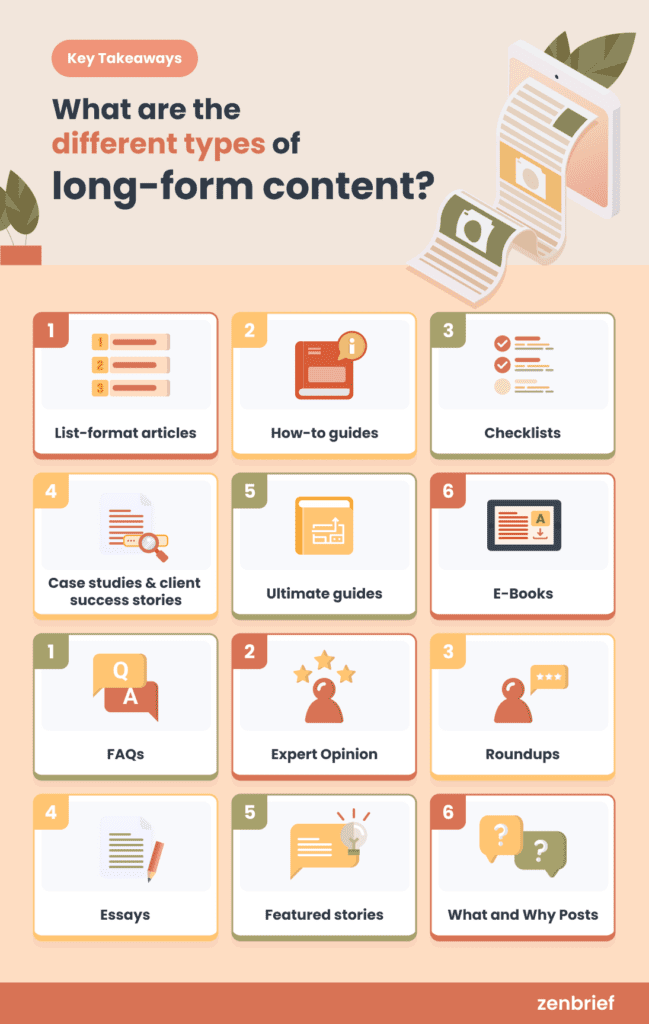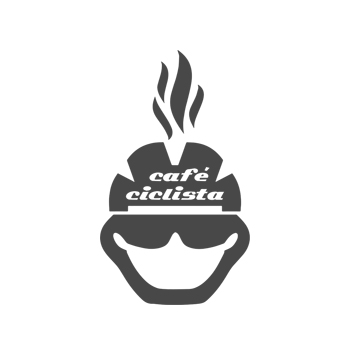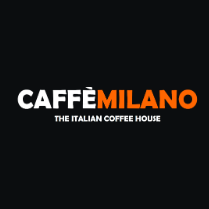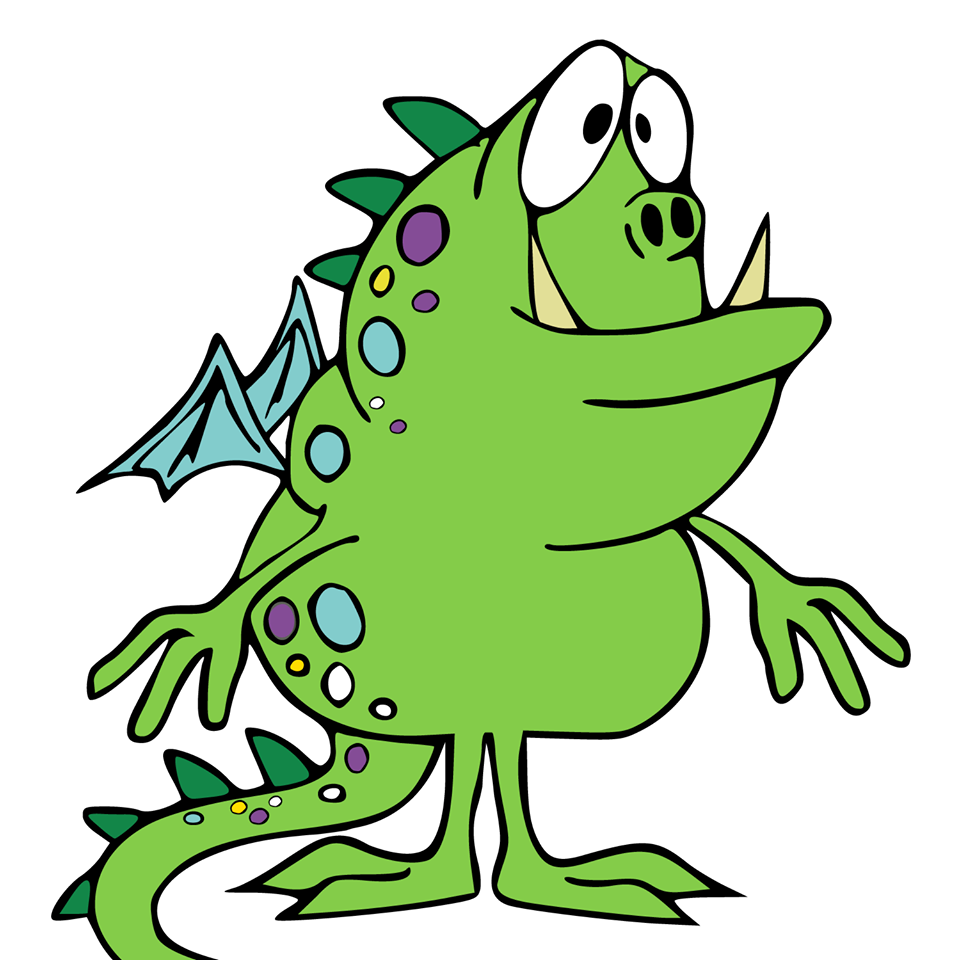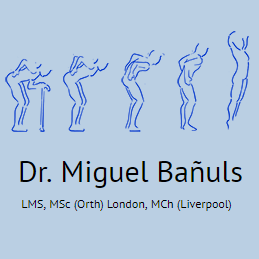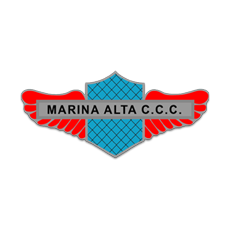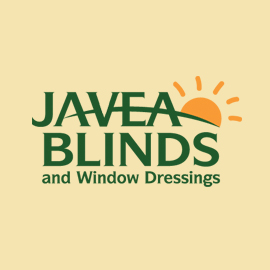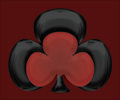When you picture images in long-form content, like articles, case studies, or reports, the usual inline rectangles tend to break up the text rather than enrich the narrative. That approach is functional and predictable, offering structure but often lacking energy that keeps readers engaged. Smart long-form content design treats visuals as navigational cues, pacing devices, and tonal shapers that help readers move through complex ideas rather than distract from them. A disciplined strategy blends grids with intentional breaks, pulling images into margins or using dramatic full-bleed images to punctuate the copy without overpowering it. From practical patterns to theories in image layouts for articles and modular grid design, the goal is a cohesive reading experience where captions, whitespace, and scale support the story.
In other words, the art of placing imagery in extended reads hinges on linking visuals to the surrounding text so they reinforce meaning. Think of it as visual storytelling in article formats, where image grids, diagrams, and captions become part of the message rather than mere decoration. By aligning typography, color, and spatial rhythm with the reader’s journey, designers can boost comprehension, retention, and emotional impact. The aim is a cohesive narrative where every photo, chart, or illustration feels intentional and integrated into the discourse.
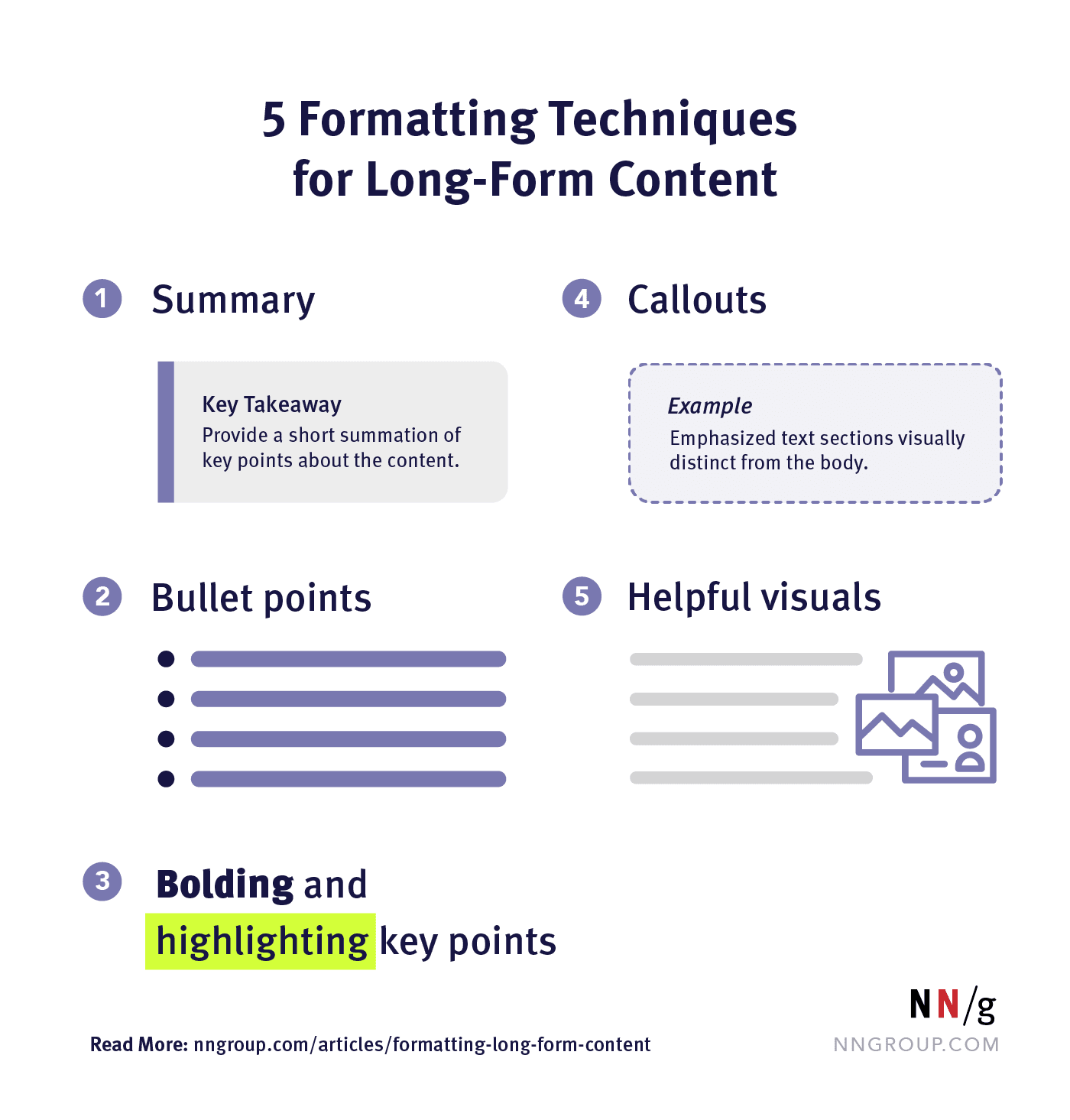
Rethinking Visuals in Long-Form Content
When you picture placing images in long-form content—articles, case studies, or reports—the default is inline rectangles that slice through blocks of text. It works, but it lacks spark. Functional? Yes. Inspiring? Not so much.
Images can do more than illustrate. They guide how readers navigate, affect engagement, and color the tone, even when words carry most of the story.
Here’s my approach, starting with a fictional client: Patty Meltt, an up-and-coming country singer who needs a website to launch an album and tour. She calls Stuff & Nonsense to craft something distinctive, memorable, and human.
The Quiet Power of Grids
Grids bring balance, rhythm, and a sense of order to long-form layouts. They help readers feel comfortable as they digest dense information.
Once the grid is in place, I’ll break it here and there to draw attention to key content, inject personality, and keep the layout from feeling dull.
Margins can carry energy too. Pulling images into the margins creates a casual, energetic vibe; used sparingly, negative margins can widen an image out of its column and act like punctuation.
For example, imagine a CSS rule that nudges an image beyond the column—it’s not chaos, it’s emphasis.
Width, Flow, and When to Full-Bleed
Two questions often come to mind: how wide should an image be, and should it sit flush with the text column or bleed to the page edge?
Traditional book layouts confine images to the text column to preserve the flow. Magazines, by contrast, regularly break the grid for dramatic full-bleed imagery.
In articles and reports, images can stay in the column to maintain order, especially for charts and diagrams that readers need to scan easily.
Modular Grids for a Cohesive Sequence
So far I’ve focused on single images in the flow. What if I want to present a sequence? A modular grid gives precise control over placement and scale.
A modular grid is built from repeated units—typically squares or rectangles—arranged horizontally and vertically to bring order to varied content.
I can place individual images within a single module or span multiple modules to create larger zones. The result is a flexible layout that blends landscape and portrait imagery.
In CSS terms, you can see a grid like grid-template-columns: repeat(4, 1fr); gap: 15px; and rules that let the first image span all columns. It’s liberating compared with rigid columns.
CSS Shapes and Expressive Wrapping
Whatever shape the subject takes, an image sits inside a box, and text normally flows above or below.
If I float an image left or right, text wraps around the rectangle; when the subject fills its box edge to edge, the wrap feels natural.
CSS Shapes lets you wrap text around any custom shape you define, not just a circle. It adds energy and keeps the page feeling alive.
Shape-outside affects the reading experience: it slows readers slightly, creates rhythm, and links text and image into a cohesive layout. For example, you can wrap around an image’s alpha channel.
Captions as Design Elements
Captions don’t have to sit quietly beneath an image. When designed with intention, they guide attention and add personality.
You can place captions to the left or right of an image, or even let them overlap the picture, depending on the composition.
Captions can echo a pull quote or pair with graphic elements to feel like part of the story rather than a label.
The Power of Whitespace
Until now I’ve talked about the images themselves, but the space around them matters just as much.
Whitespace creates pauses, guides the eye, and gives the page air to breathe. Used well, it lifts the design and the reading experience.


